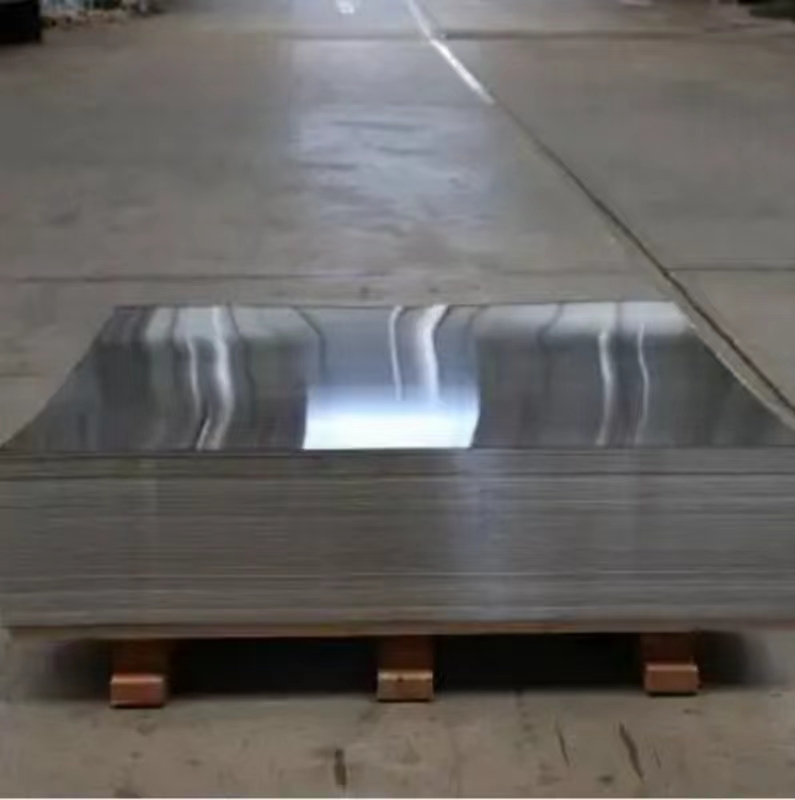
নভে. . 03, 2024 22:39 Back to list
zinc roof
The Benefits of Zinc Roofs A Sustainable Choice for Modern Architecture
In recent years, the demand for sustainable building materials has surged, and one standout option is zinc roofing. Known for its durability, aesthetic appeal, and environmental advantages, zinc roofs are gaining popularity among architects, builders, and homeowners alike.
Durability and Longevity
Zinc roofing is renowned for its impressive longevity. With a lifespan that can exceed 100 years, zinc roofs require minimal maintenance compared to other materials like asphalt shingles or wood. This durability stems from zinc’s natural ability to resist corrosion. Over time, zinc develops a protective patina, which not only enhances its aesthetic appeal but also shields the roof from environmental wear and tear. This means fewer repairs and replacements, translating to cost savings and reduced waste in the long term.
Aesthetic Versatility
From modern homes to traditional structures, zinc roofs can complement a wide range of architectural styles. They are available in various finishes and colors, allowing designers the flexibility to create unique visual statements. The sleek, metallic appearance of zinc adds a contemporary touch, while the patina that develops over time can lend a rustic charm to the building. This versatility makes zinc an excellent choice for those seeking both functionality and beauty.
Environmental Benefits
zinc roof

One of the most significant advantages of zinc roofing is its environmental sustainability. Zinc is a naturally occurring element that is abundant in nature. The production of zinc roofing involves less energy consumption compared to other roofing materials, such as asphalt, which relies heavily on fossil fuels. Furthermore, zinc is 100% recyclable, with virtually no loss of quality, making it an ideal option for eco-conscious builders. When a zinc roof reaches the end of its life, it can be easily recycled, reducing the burden on landfills.
Energy Efficiency
Zinc roofs also contribute to energy efficiency. Their reflective properties can help reduce heat absorption, which in turn lowers cooling costs in warmer climates. By maintaining a more stable indoor temperature, homeowners can enjoy enhanced comfort while minimizing their reliance on air conditioning. This energy efficiency not only benefits the environment but also results in lower utility bills.
Resilience Against the Elements
Zinc roofing is resistant to a range of environmental challenges, including high winds, hail, and heavy rain. Its lightweight nature reduces the risk of structural stress, making it suitable for various climates. Additionally, zinc roofs can be treated to resist moss and algae growth, adding to their longevity and ease of maintenance.
Conclusion
In summary, zinc roofing is a sustainable, durable, and visually appealing option for modern architecture. With its impressive lifespan, aesthetic versatility, environmental benefits, energy efficiency, and resilience against the elements, it stands out as a smart choice for builders and homeowners. As the construction industry continues to prioritize sustainability, zinc roofing is likely to play an increasingly prominent role in shaping the future of architecture. Embracing this innovative material not only enhances individual properties but also contributes to a healthier planet for future generations.
-
Affordable Used Car Engines Prices Quality Used Car Engines for Sale Reliable Used Engines
NewsJul.08,2025
-
Can You Use Dish Soap on Cars? Discover Safe Car Cleaning Alternatives
NewsJul.08,2025
-
Top Car and Driver EV SUV Picks Best Electric SUVs 2023, Ratings & Reviews
NewsJul.07,2025
-
How to Buy Used Cars Cheap Best Places & Top Deals for Affordable Vehicles
NewsJul.07,2025
-
Best Danbury Used Cars for Sale Reliable Used Cars Danbury CT Dealer Ingersoll Auto Specials
NewsJul.06,2025
-
Quality Used Car Parts in Asheville Affordable Asheville NC Auto Parts Reliable Asheville Used Car Dealerships
NewsJul.06,2025